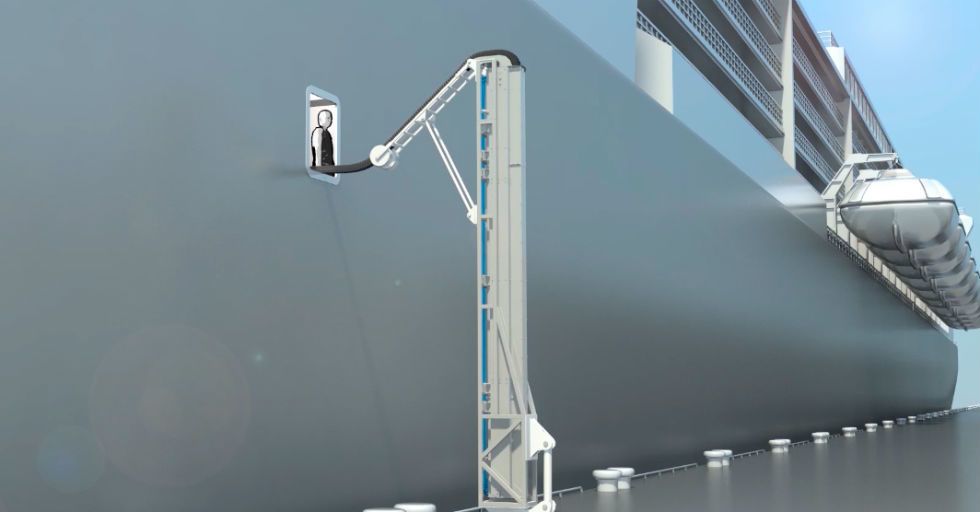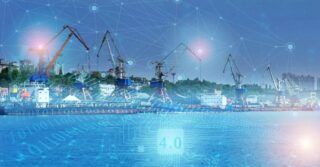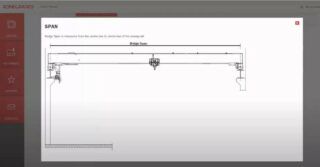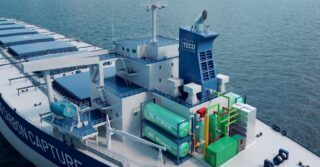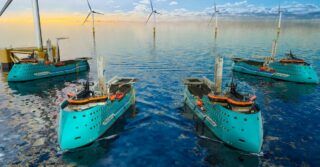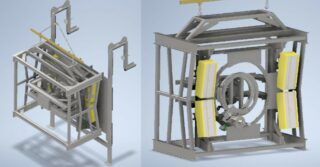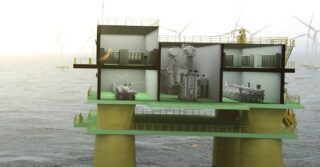In Polish ports, environmentally friendly systems for power supply of electricity from land will appear soon. This beneficial solution for ports that must adapt to the requirements of the International Convention on the Prevention of Marpol VI. Innovative systems that arise in Igus are already working in Norway.
Emissions of harmful waste: carbon dioxide, dust and sulfur oxide through ships and docking ferries in ports, this is an increasing ecological problem. Ships will carry 90 percent today. World goods and generate 15 percent global emission of nitric oxide. The International Convention of the International Maritime Organization (IMO) Marpol VI on the prevention of pollution of the sea has identified limits for emissions of these harmful relationships. These provisions entered into force in 2005.
A method for significant reduction of this type of pollution is to supply docking electricity ships from land, instead of on-board diesel engines. The use of such a source of energy requires the European Union Directive 2005/33 / EC, which also imposes limits for sulfur content in sea fuel at 0.1% by weight for ships standing in the port.
The effect of these regulations is visible today the trend of transition to power supply from land. It is stronger that pro-ecological provisions also caused an increase in marine fuel prices, which must contain a lower sulfur concentration. Both vessels are adapted to the situation – equipped with devices that allow you to download energy from the network and ports. The latter using the most commonly so-called “Distributors of wires”, i.e. large, permanently installed cranes, which perform the role of “extension cord”. However, the security of such a solution is the problem. The wires not protected in the right way are exposed to large stresses at connection places, because the ship is never completely stationary. The swims and loads during unloading and loading cause that they are often swaying on the water. In addition, ships, depending on the type they have other requirements for conduct systems. Another specifics have ferries, other commodity ships.
Companies from the port industry suggested that a system that would be universal and at the same time will give energy in a safe manner, without exposure of wires to excessive friction or potential break – says Rafał Gralewski, Manager for projects and installations Igus Polska, specializing in Motion Plastics solutions. This is how the dedicated ports of the e-guide dispenser was created, i.e. a modular wiring system, which can be installed at the vessel anchoring points
– Cała idea opiera się na zastosowaniu specjalnych, wydłużalnych prowadników oraz bardzo elastycznych przewodów – mówi Rafał Gralewski.
Kompaktowy system modułowy ma wysuwane ramię obrotowe, które podaje przewody pomiędzy punktem kotwiczenia a statkiem. Ruch całego ramienia oraz przedłużenie e-prowadników do długości ponad 10 metrów umożliwiają specjalne napędy elektryczne. Ramieniem można zdalnie sterować zarówno z lądu, jak i z pokładu.
Pierwsze trzy dozowniki e-prowadników igus zostały już z powodzeniem zainstalowane w pobliżu Bergen, w Norwegii. Teraz firma, której bardzo prężny oddział działa także w Polsce chce zainteresować systemem polskie porty.
– Porty w Polsce w podejściu do innowacyjnych i proekologicznych rozwiązań nie ustępują tym na Zachodzie Europy, dlatego wierzymy, że dozowniki pojawią się w nich już wkrótce – mówi Rafał Gralewski z igus Polska.
Powering ships from the dispenser – What benefits?
– ships can be powered from land on a long distance from the point of connection on land,
– power supply can be connected to 10 m high,
– providing electricity is the lack of pollution,
– port owners have financially enjoy electricity sales,
– Saving the costs of the resilient: 2 Drive systems with 2 Shore Power stations can handle a waterfront on a length of 400m (SOP savings).


